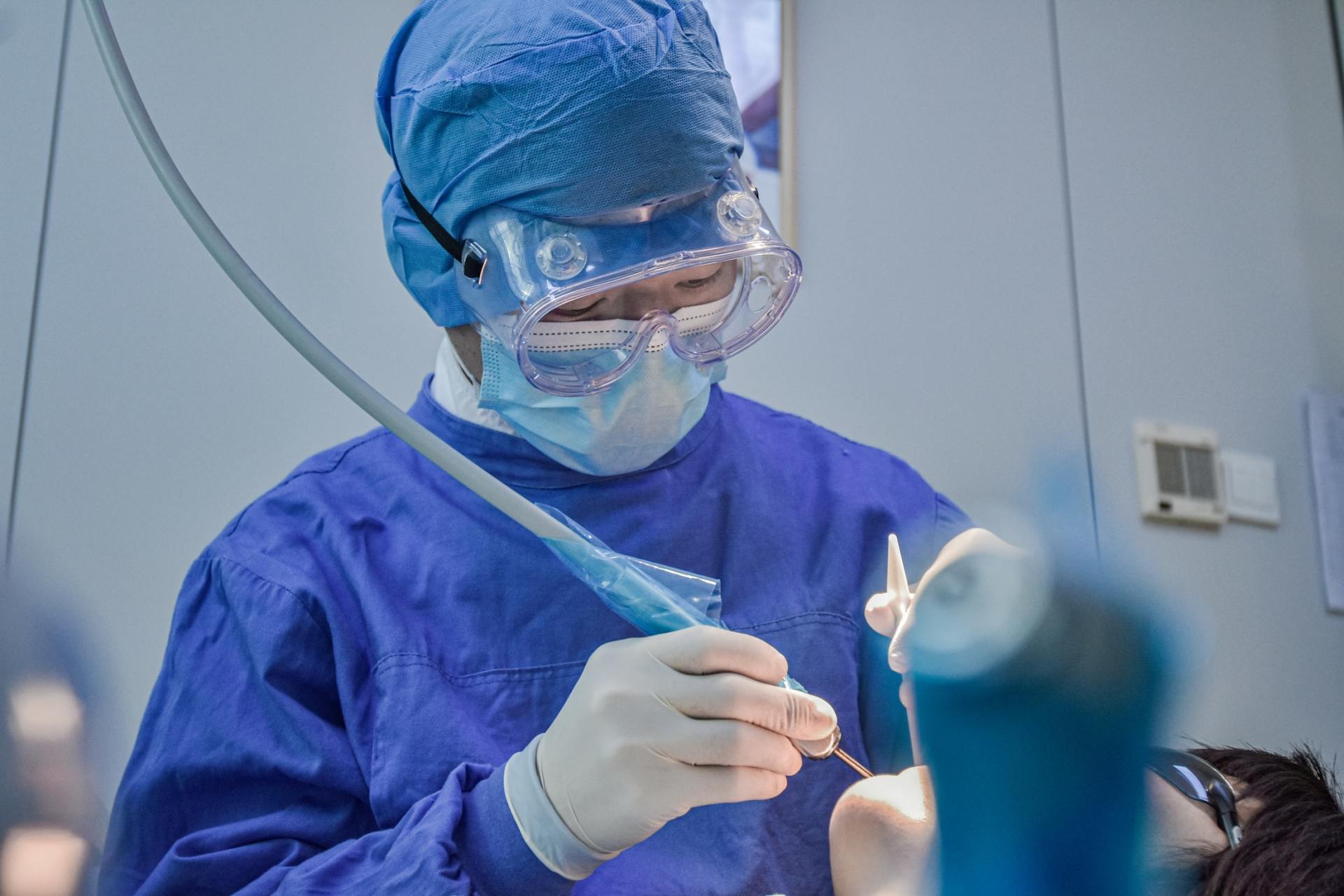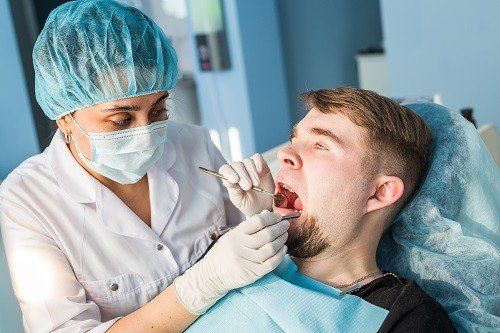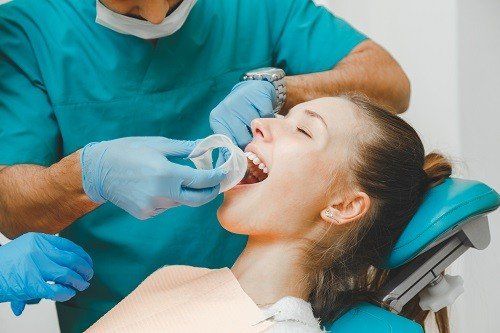Teeth Problems You’ve Never Heard of
Four Oral Issues You May Be Surprised By
It is commonly good practice to visit a dental professional every six months and have children screened by a dentist by the age of seven. By following this practice, it is easier for people to see signs of teeth problems and determine which dental problems are candidates for orthodontic treatment. In some cases, children may show indications of other, more unusual dental health problems. Here are four dental health issues you may have never heard of that could affect you or your children’s teeth if allowed to go unchecked.
Talon Cusps
A claw-like growth that appears on the back of a tooth is known as a “talon cusp.” This usually happens in children and occurs on teeth in the front of the mouth, such as canines or incisors and can cause oral issues that include:
- Crowding of teeth that interrupts the eruption of other teeth
- Bad bite or malocclusion
- Irritation of the cheeks, gums, or tongue
- Plaque accumulation in the area between the host tooth and the cusp
The claw may or may not have tooth pulp, so dentists treat them carefully. Most commonly, dentists grind the claw down, but if the talon cusp contains tooth pulp, they may recommend a root canal instead.
Anodontia
Anodontia is a rare genetic disorder in which a patient’s teeth simply never grow in. This condition mostly affects permanent teeth, but primary teeth can be affected as well. While anodontia is rare, other forms of this disease are more common, such as hypodontia, which is the lack of between one and six teeth, or oligodontia, which sees the absence of more than six teeth but not all of the patient’s teeth. Little can be done about this condition with the exception of using dentures or dental implants.
Supernumerary Teeth
Also called hyperdontia, “supernumerary teeth” is the existence of too many teeth – the opposite of the above mentioned condition of hypodontia. Evidence of this condition can be found in any area of the mouth and, in most cases, only features the inclusion of one extra tooth in a patient’s mouth. Often, these extra teeth do not erupt but instead develop underneath the surface of the gums, which can cause a delay in the eruption of other teeth and may cause crooked or overcrowded teeth. These extra teeth are usually extracted by a dental professional or treated using orthodontic treatments.
If you or a loved one is in need of a visit to the dentist, you can sign up for our New Hampshire Family Discount Dental Plan and save as much as 20 percent on your dental bills. For more information, please click here.
Copyright: antonioguillem / 123RF Stock Photo











